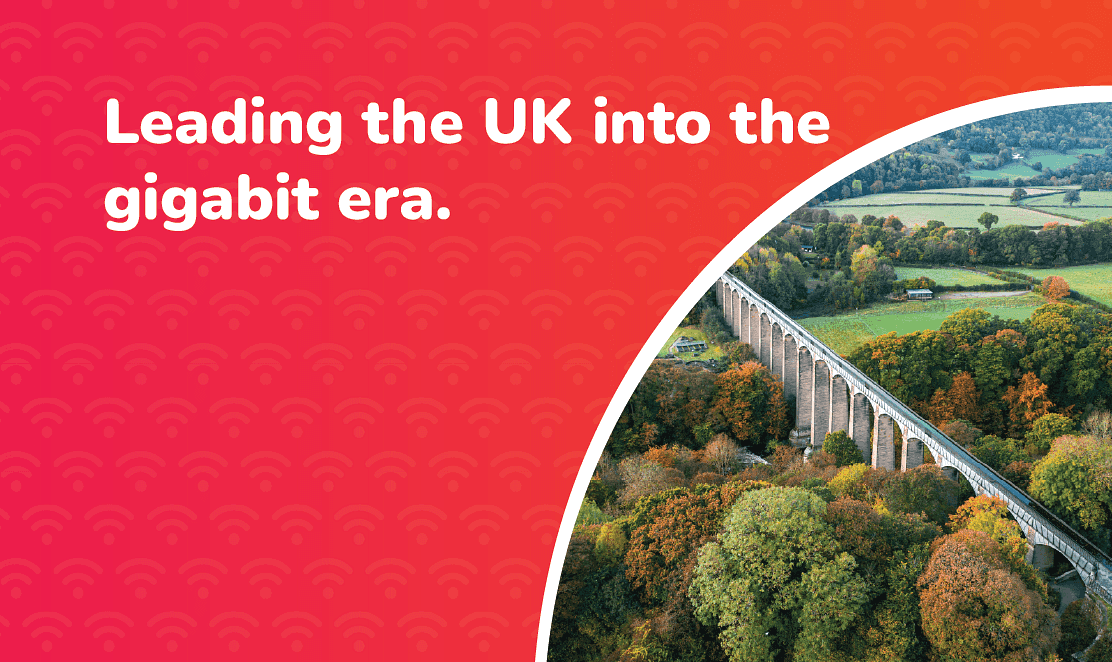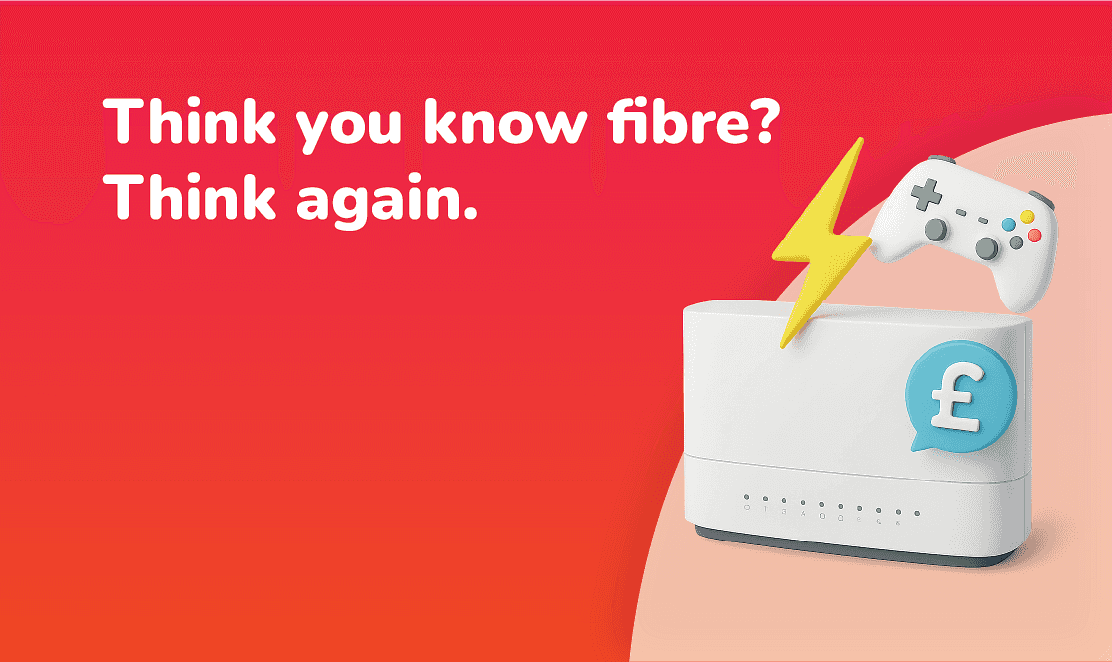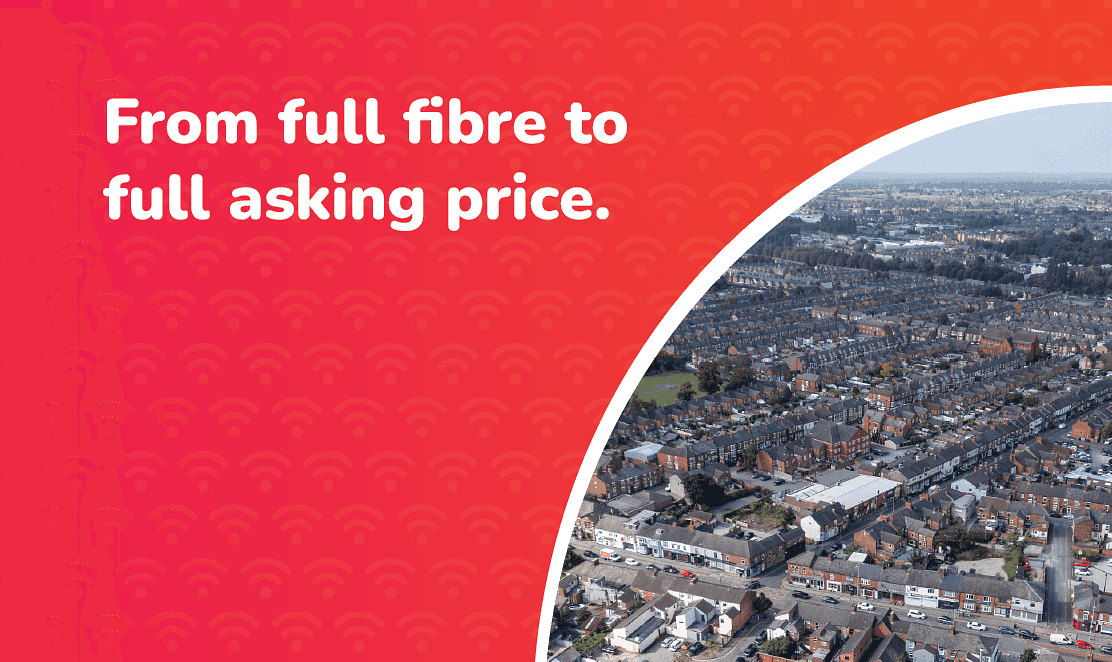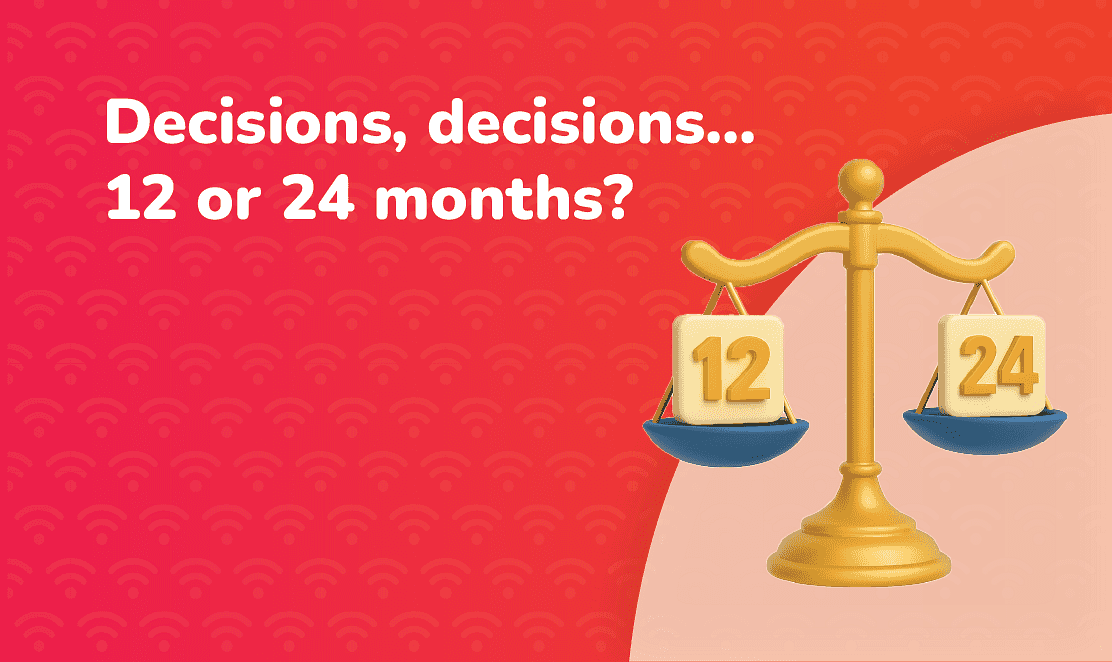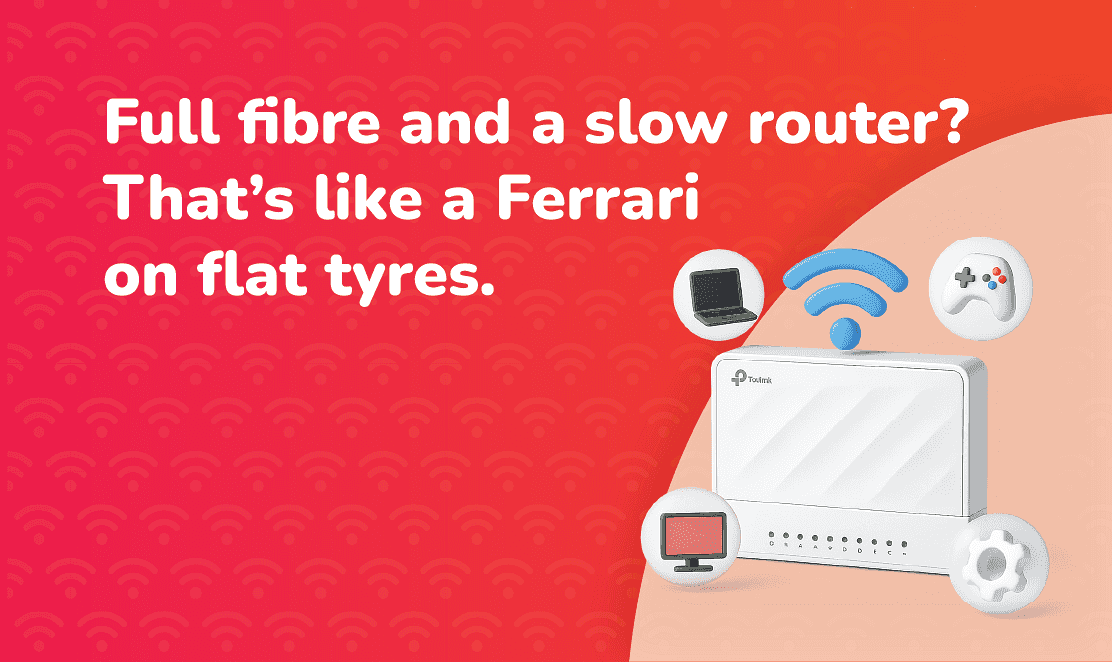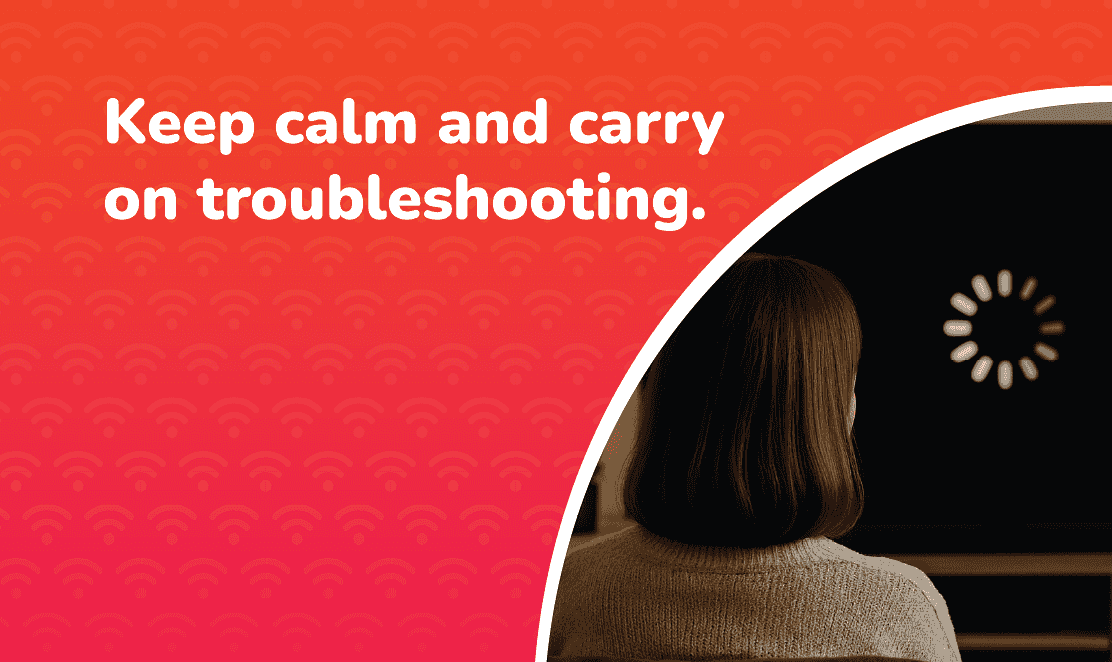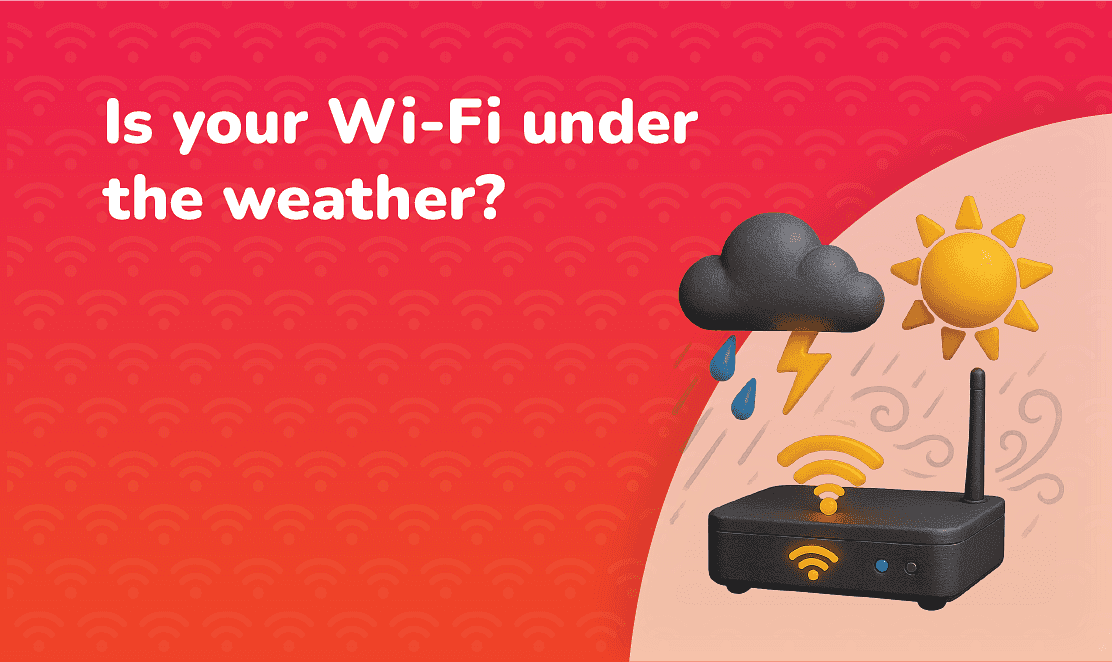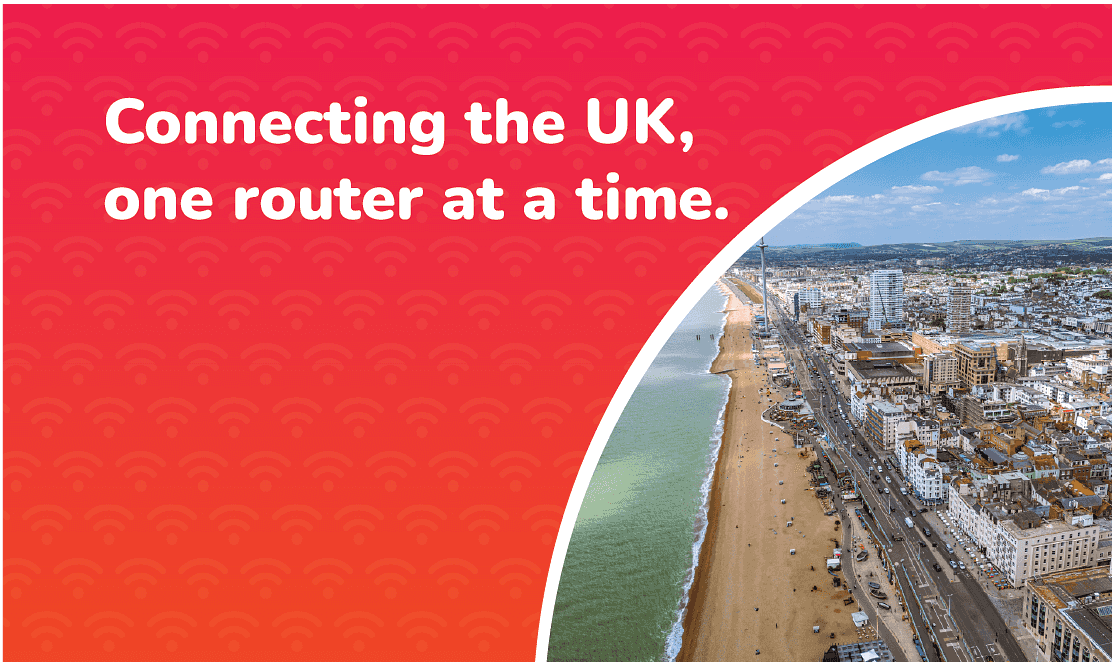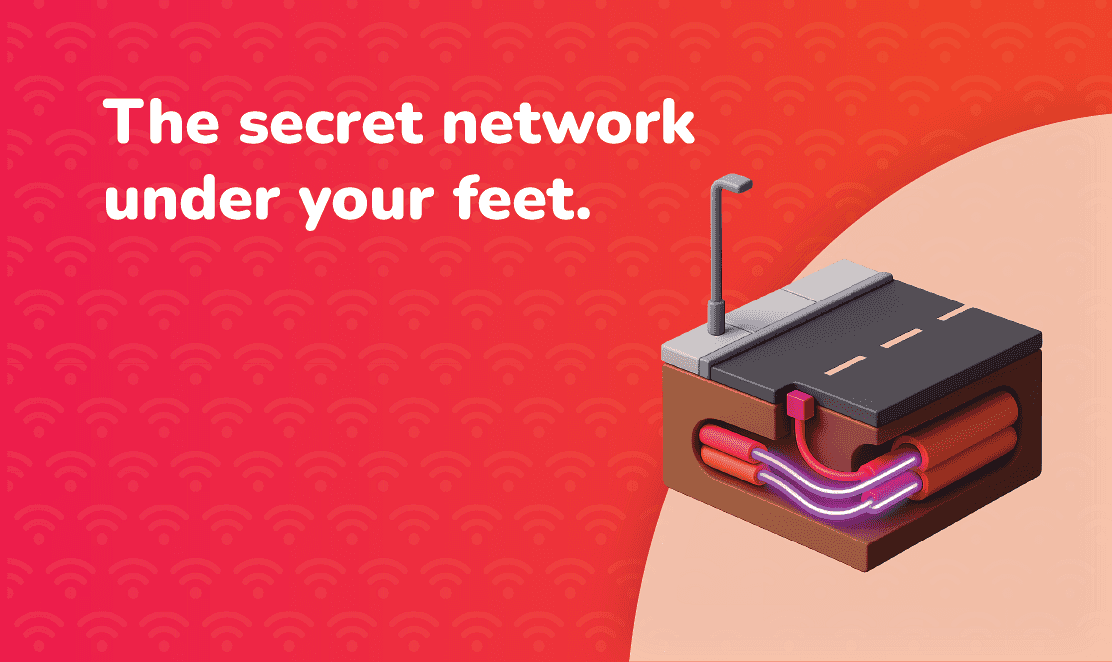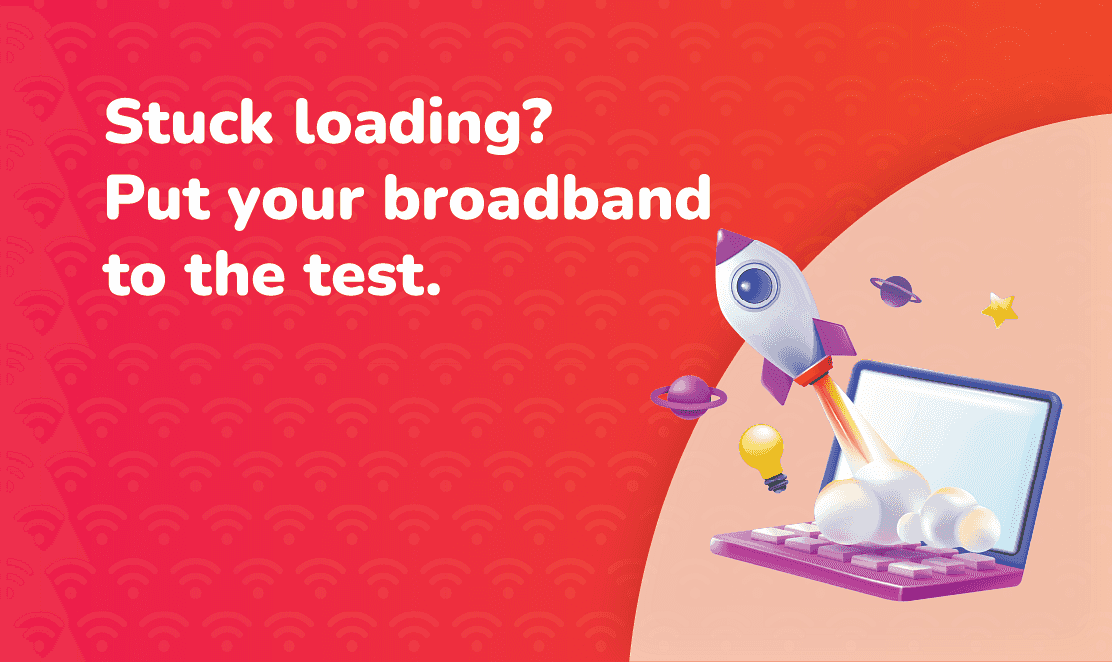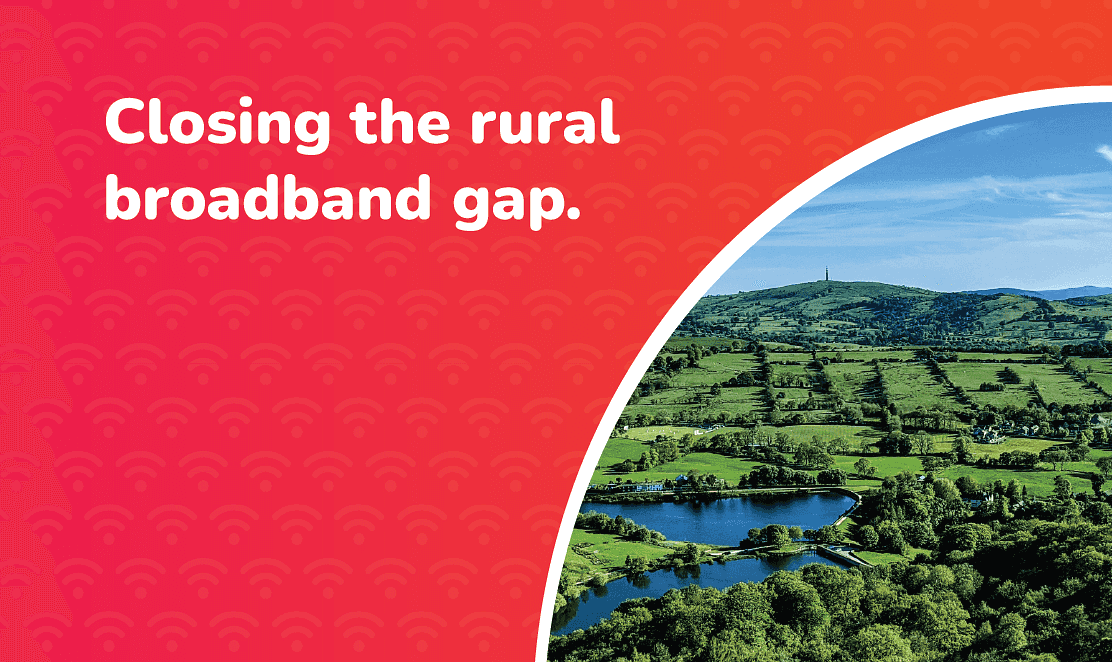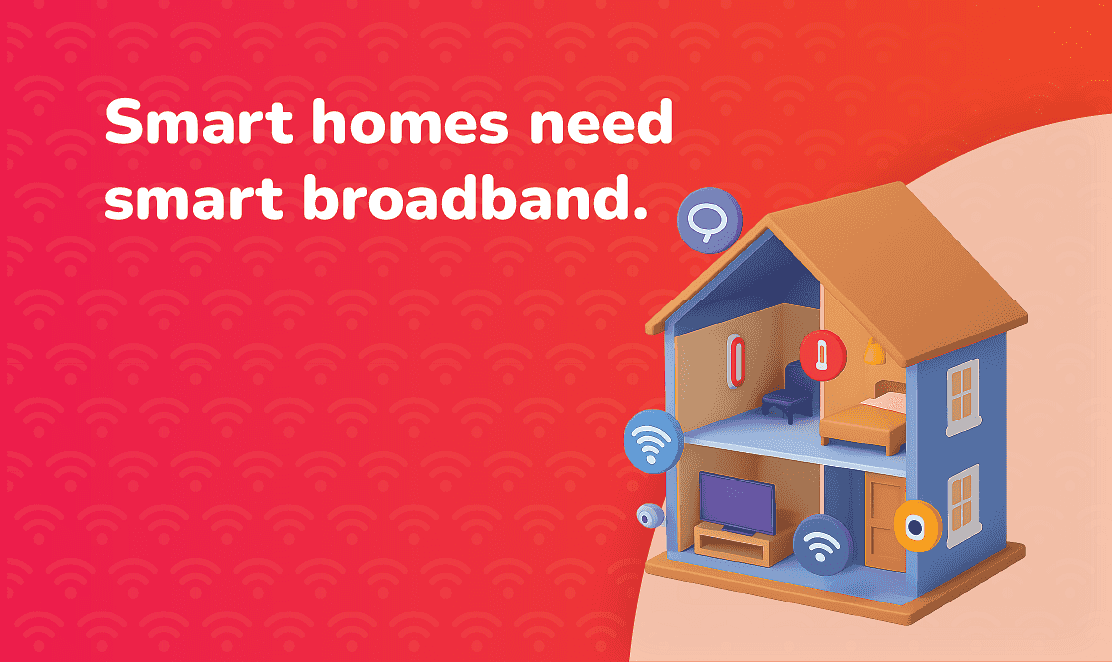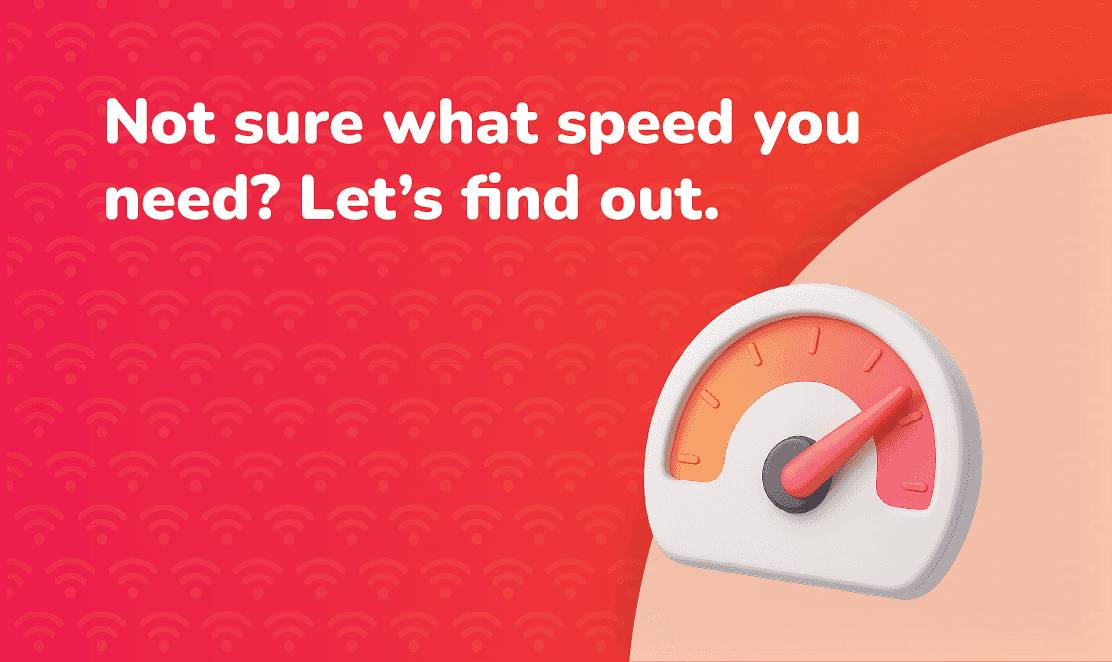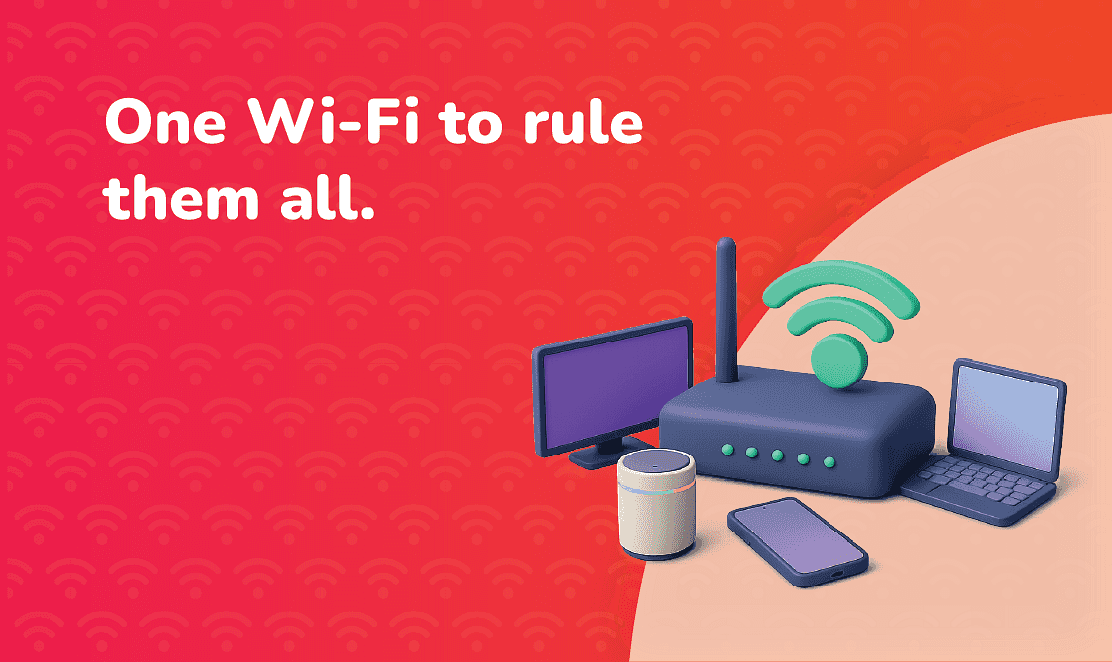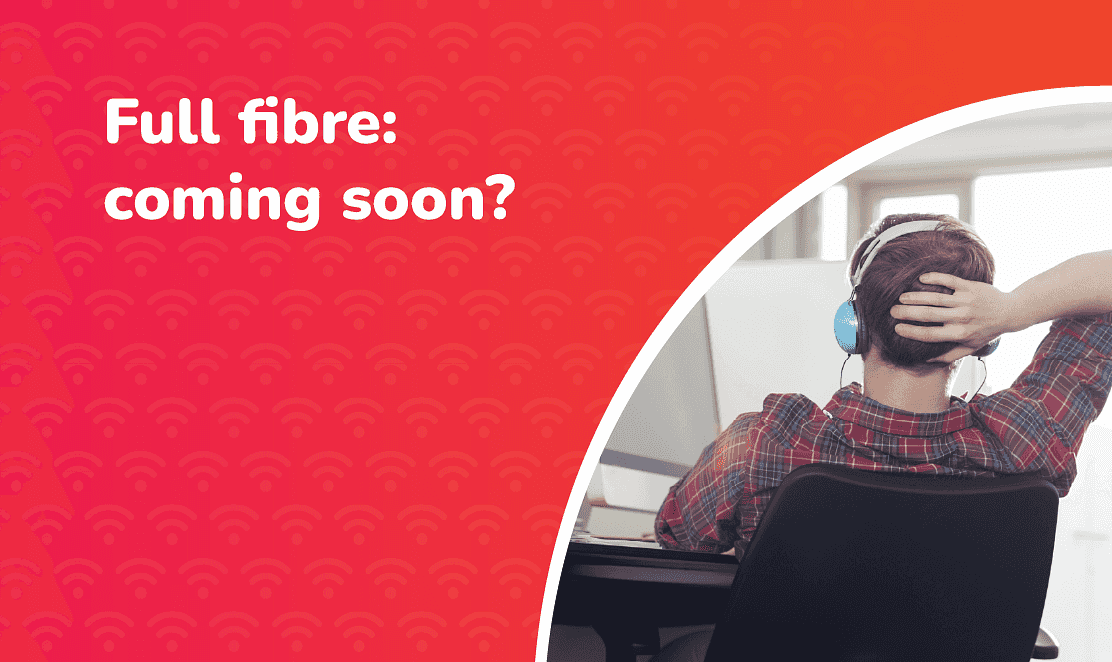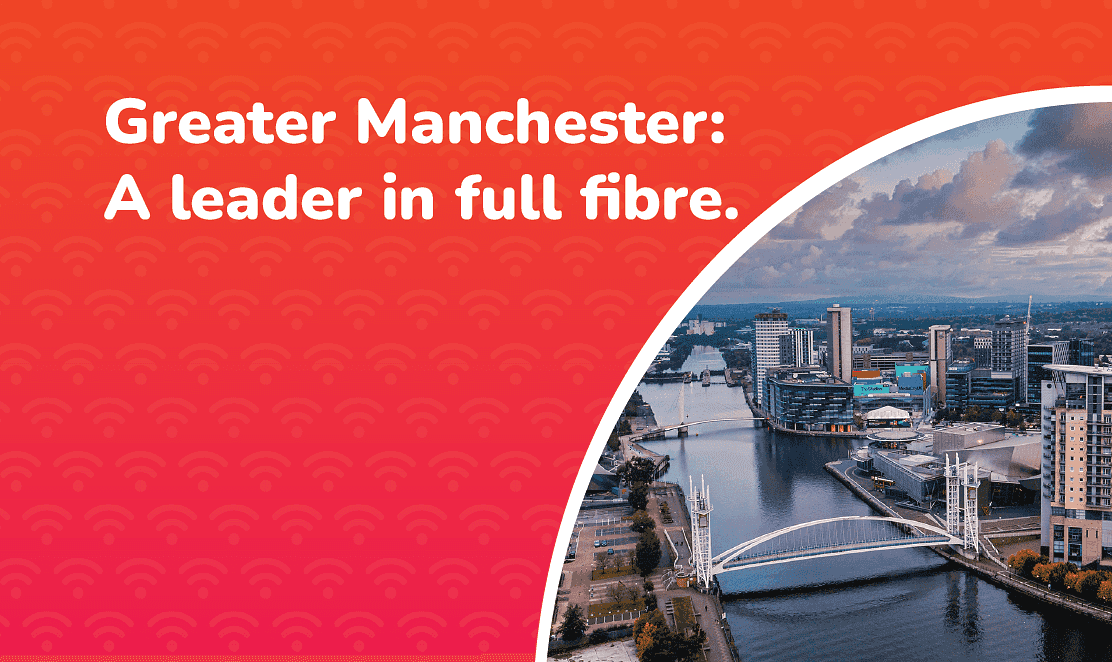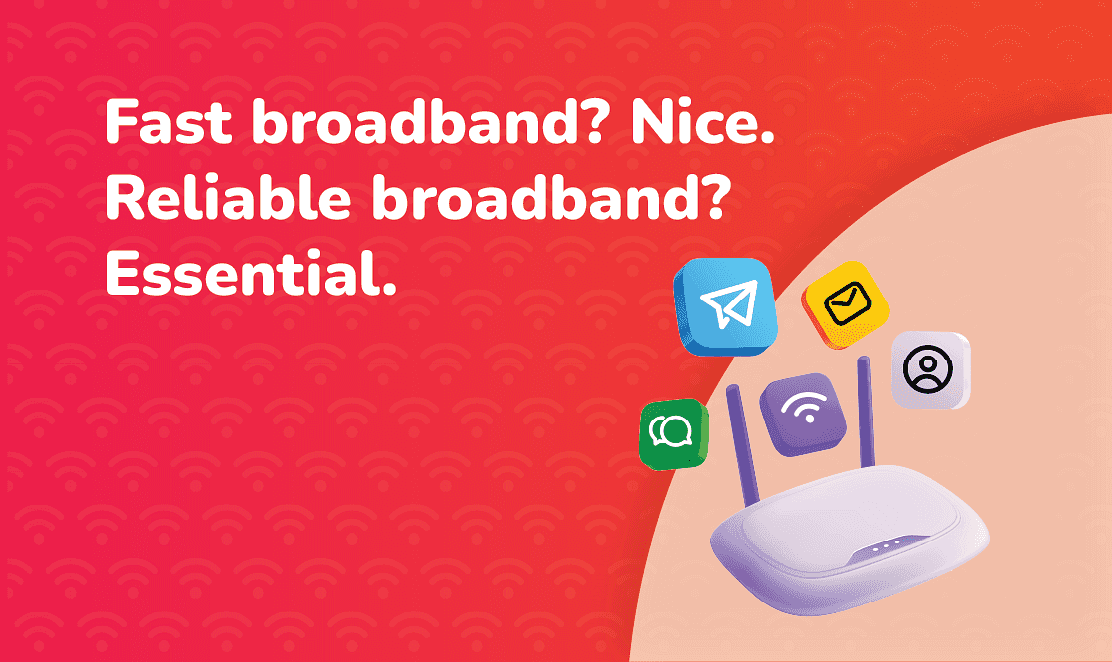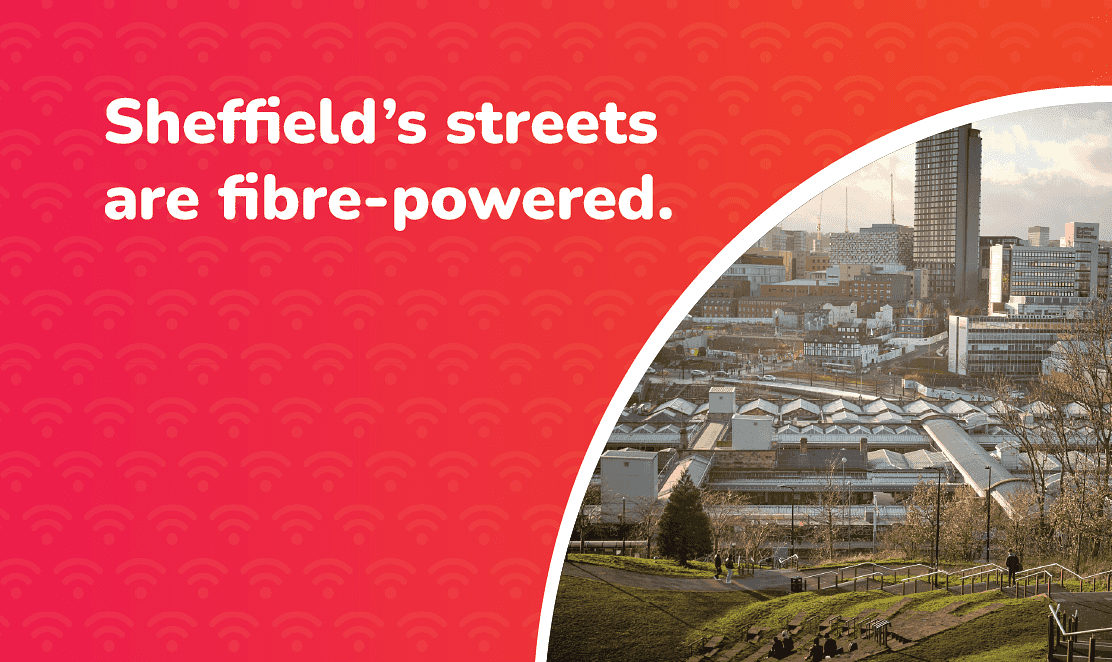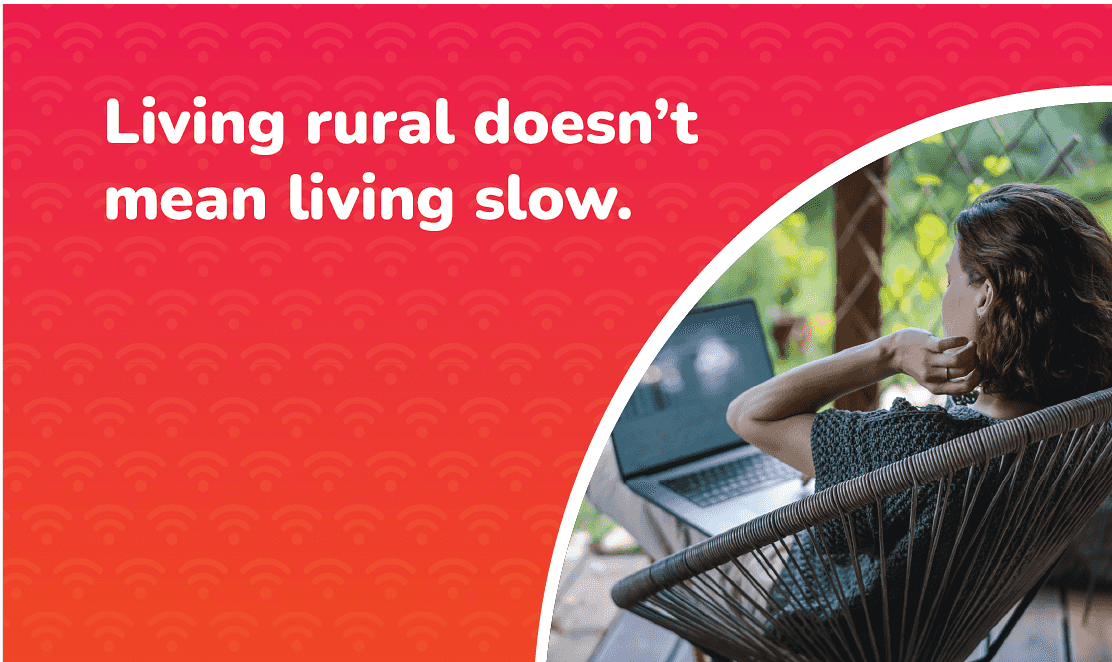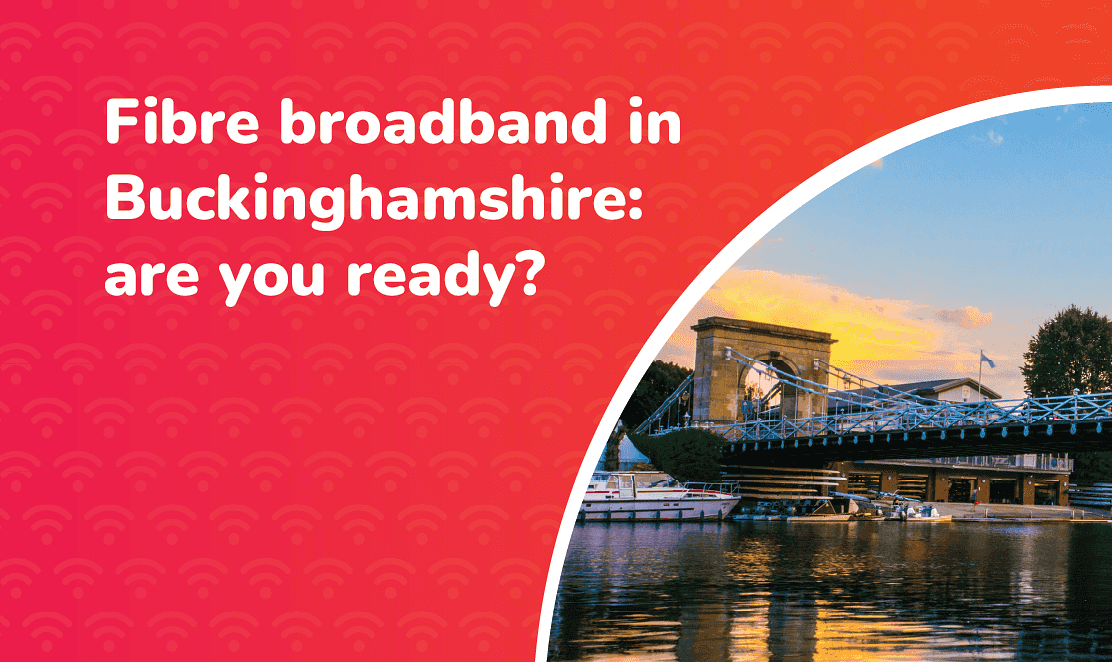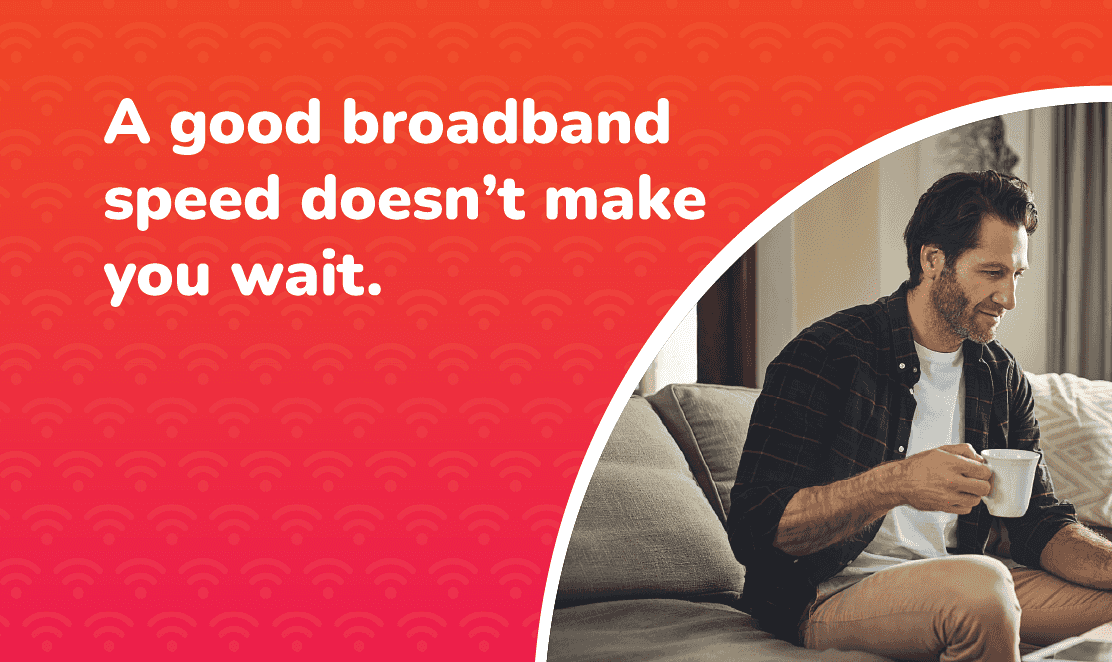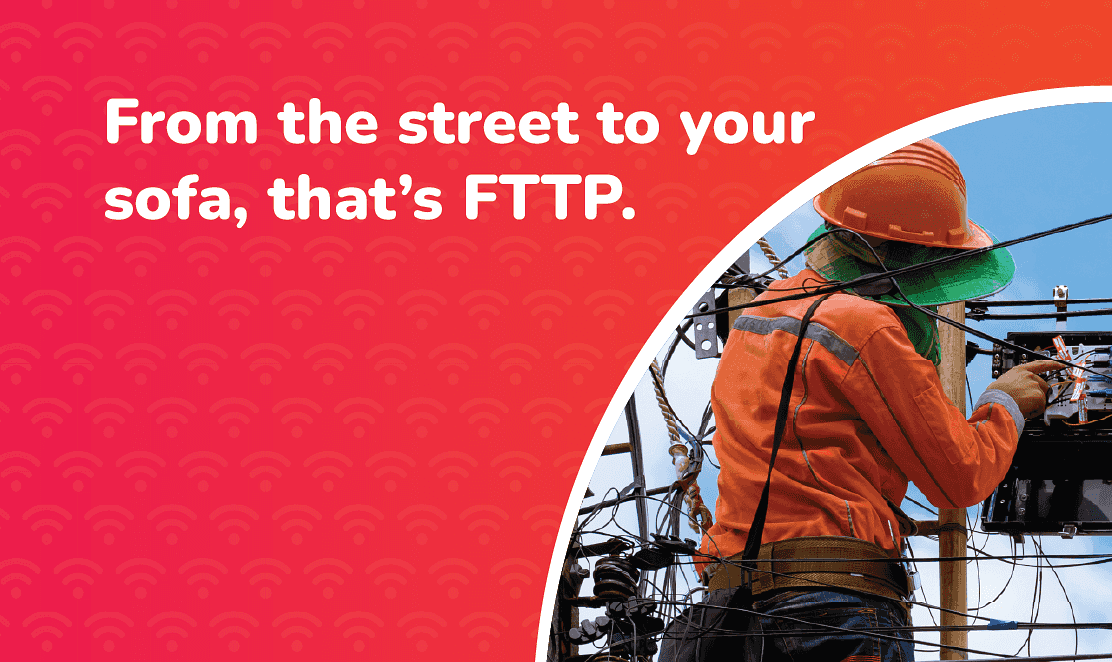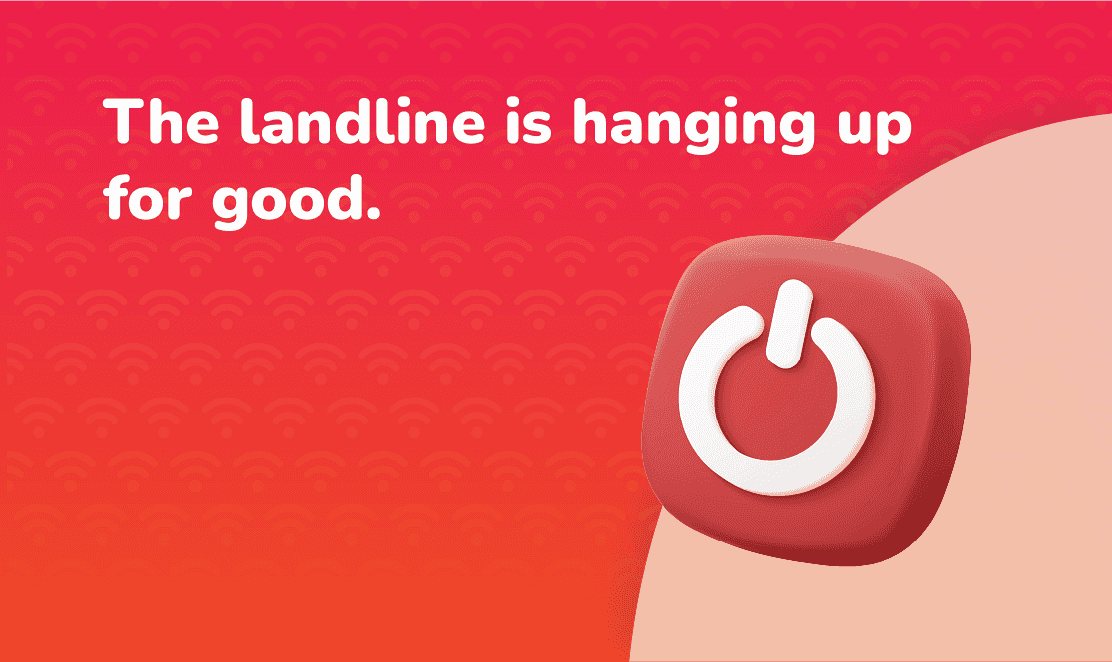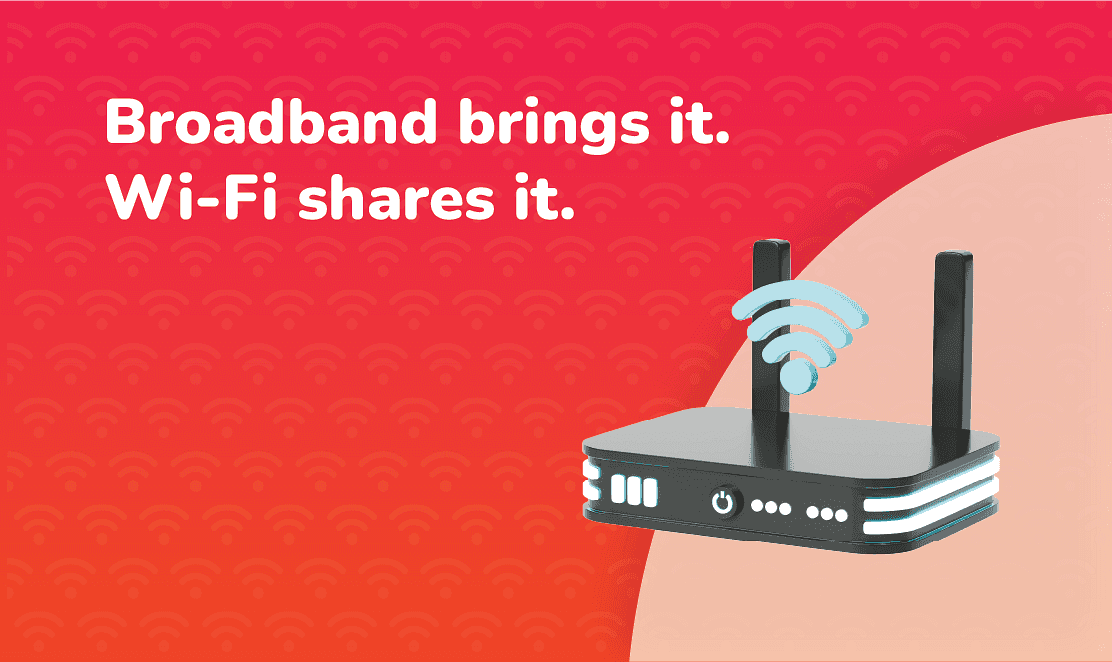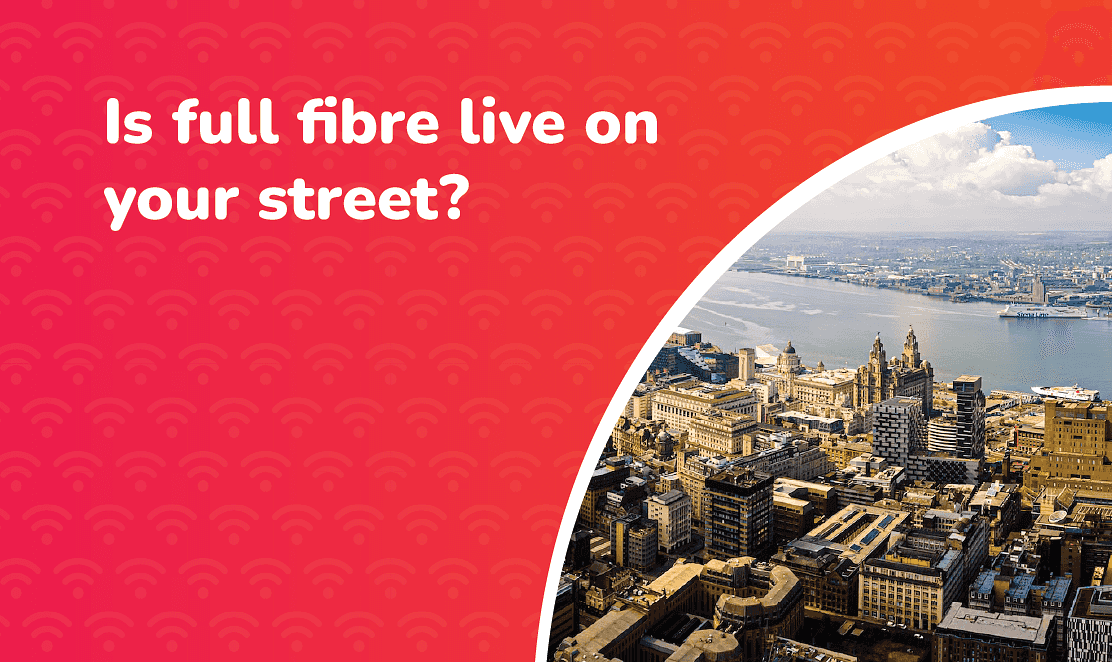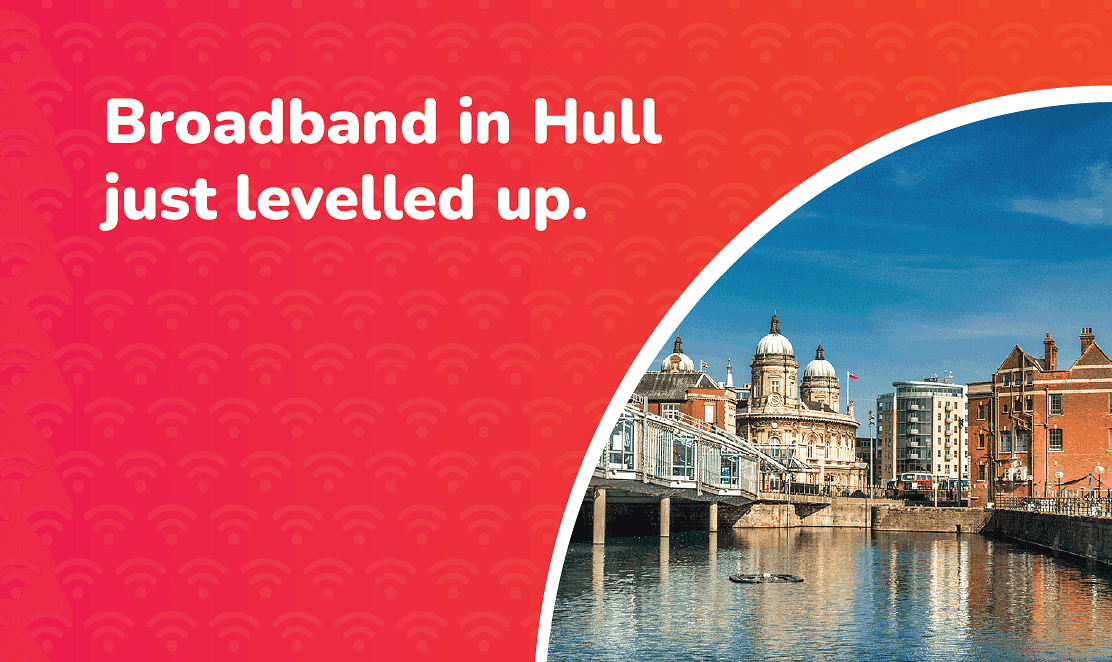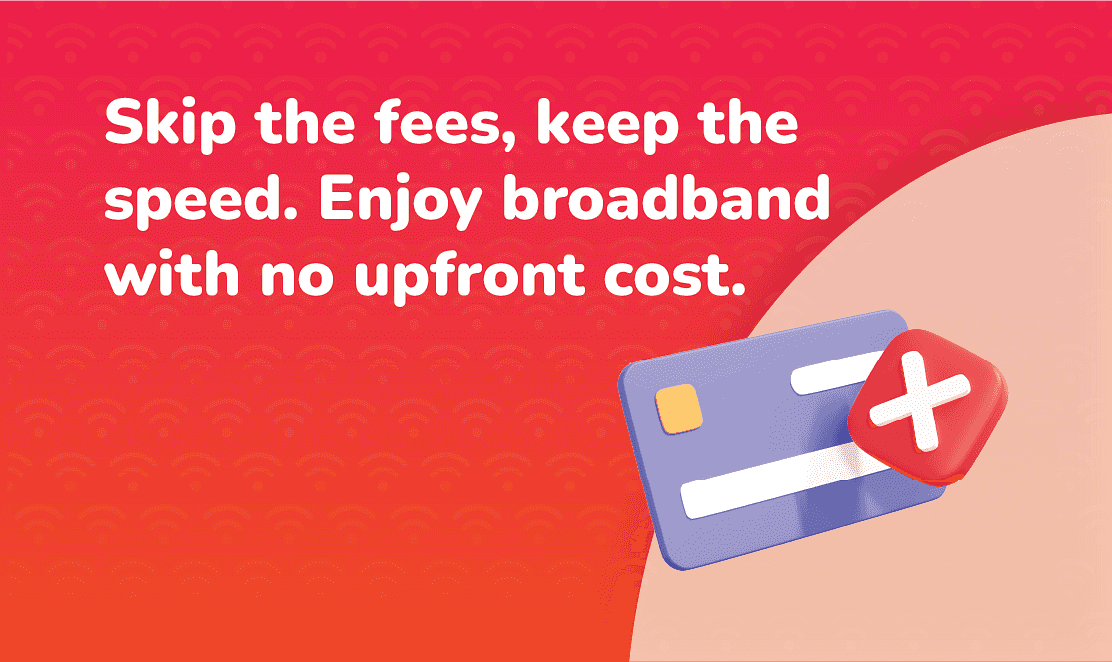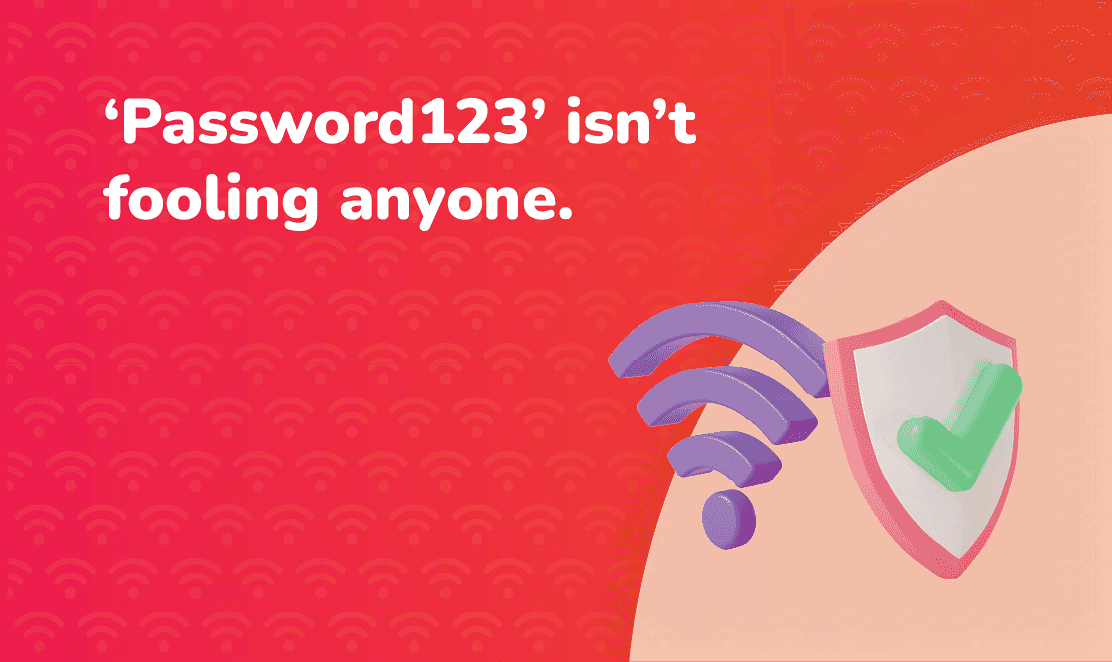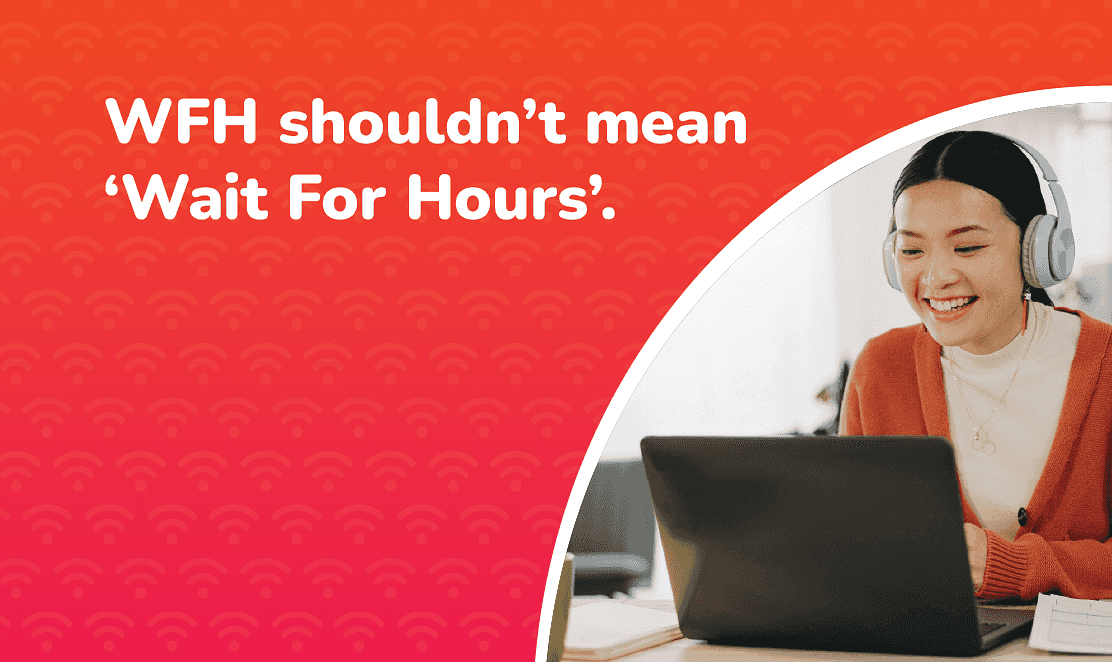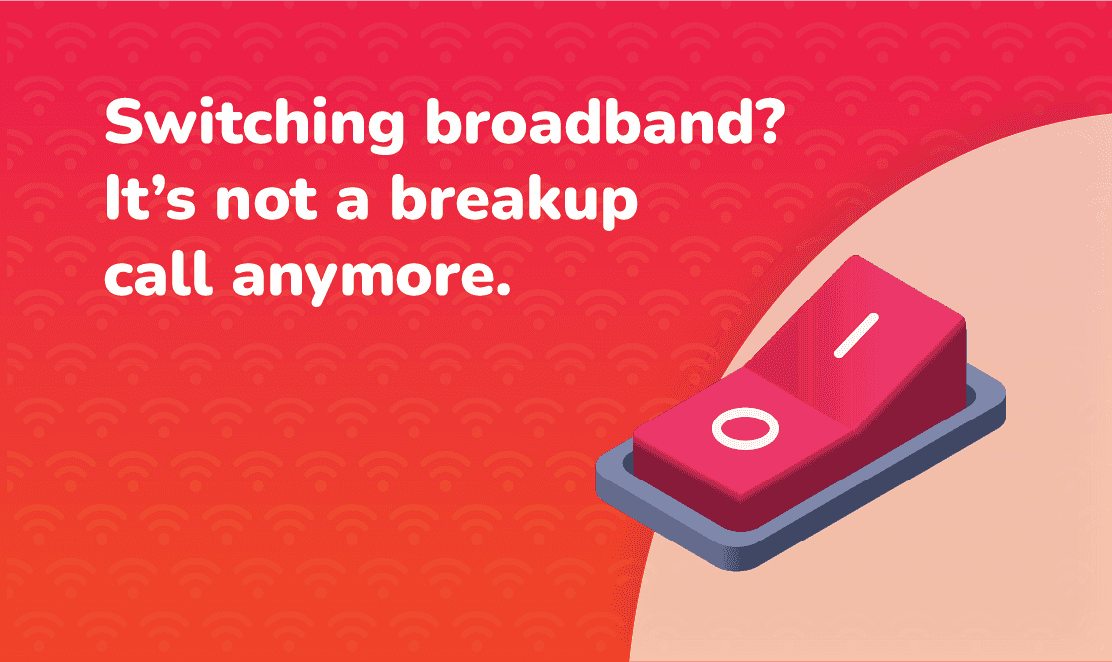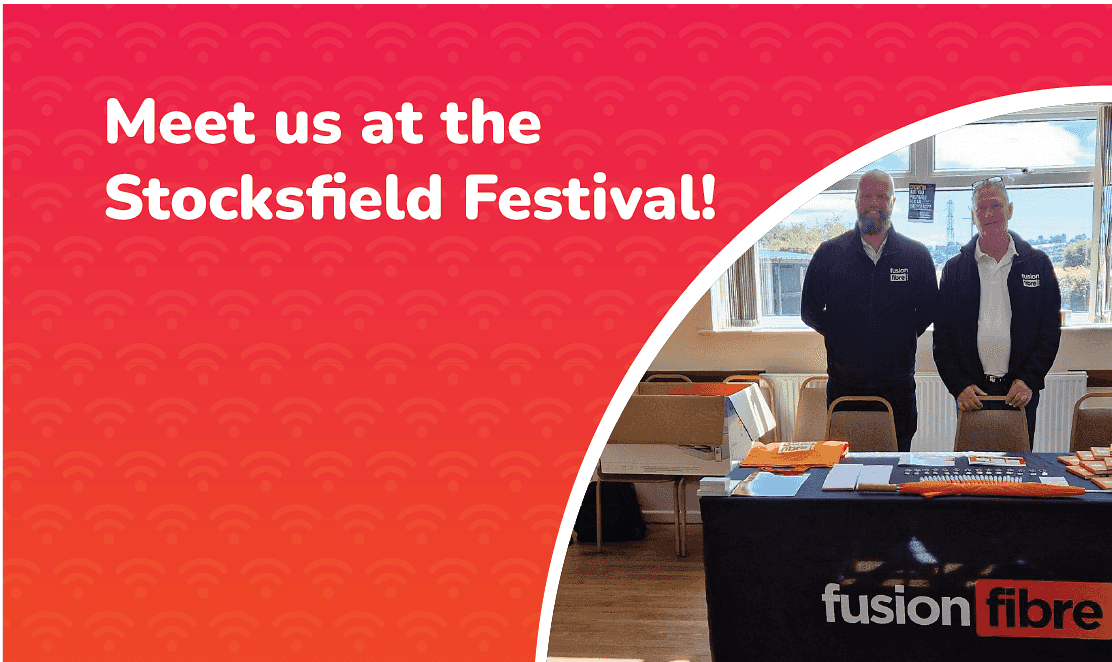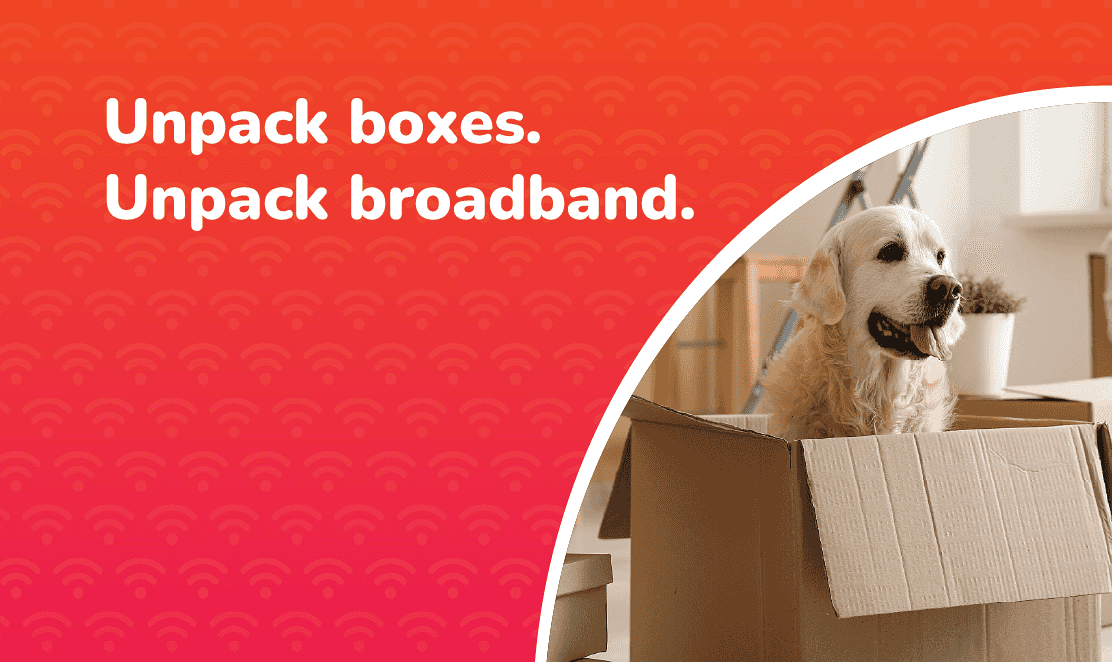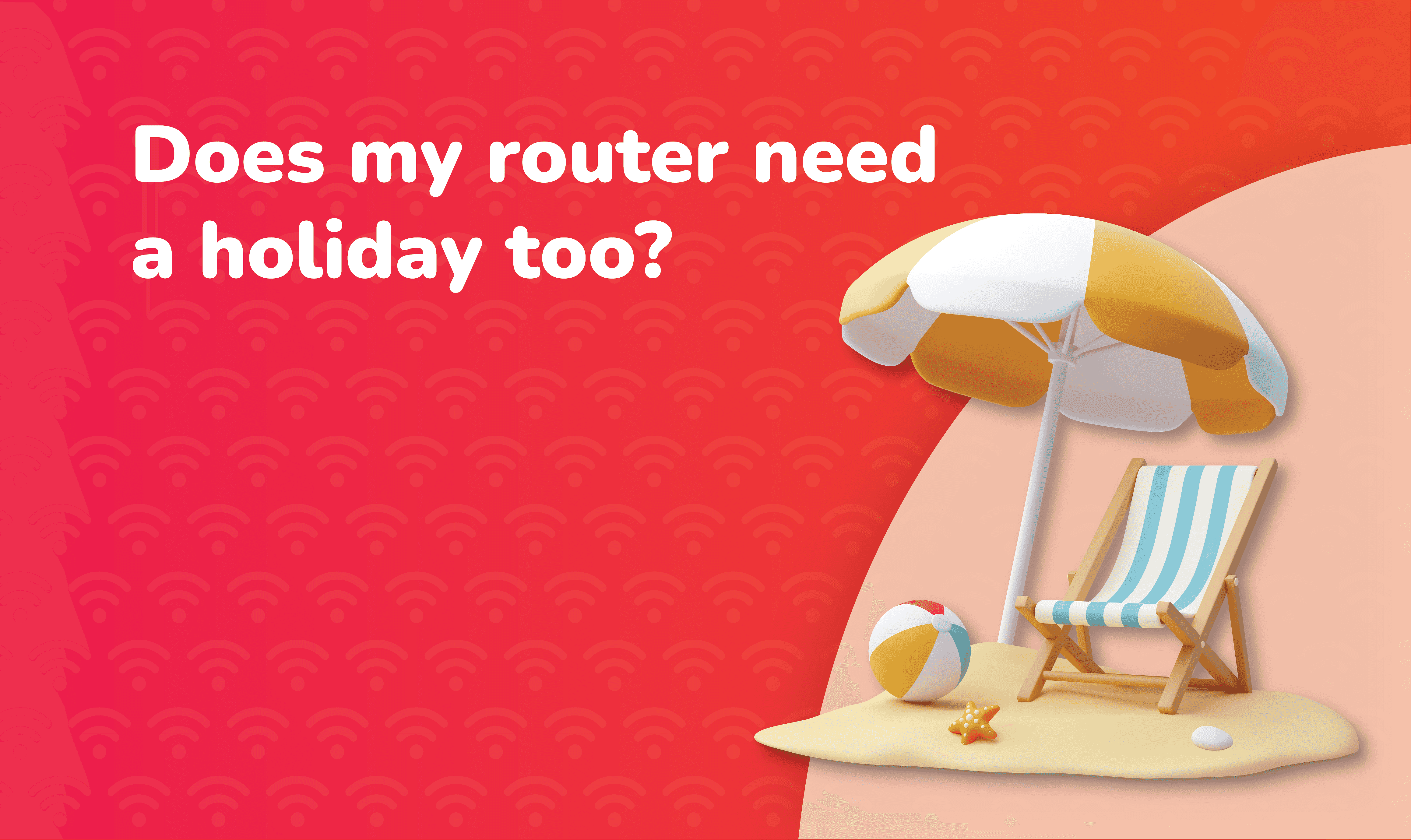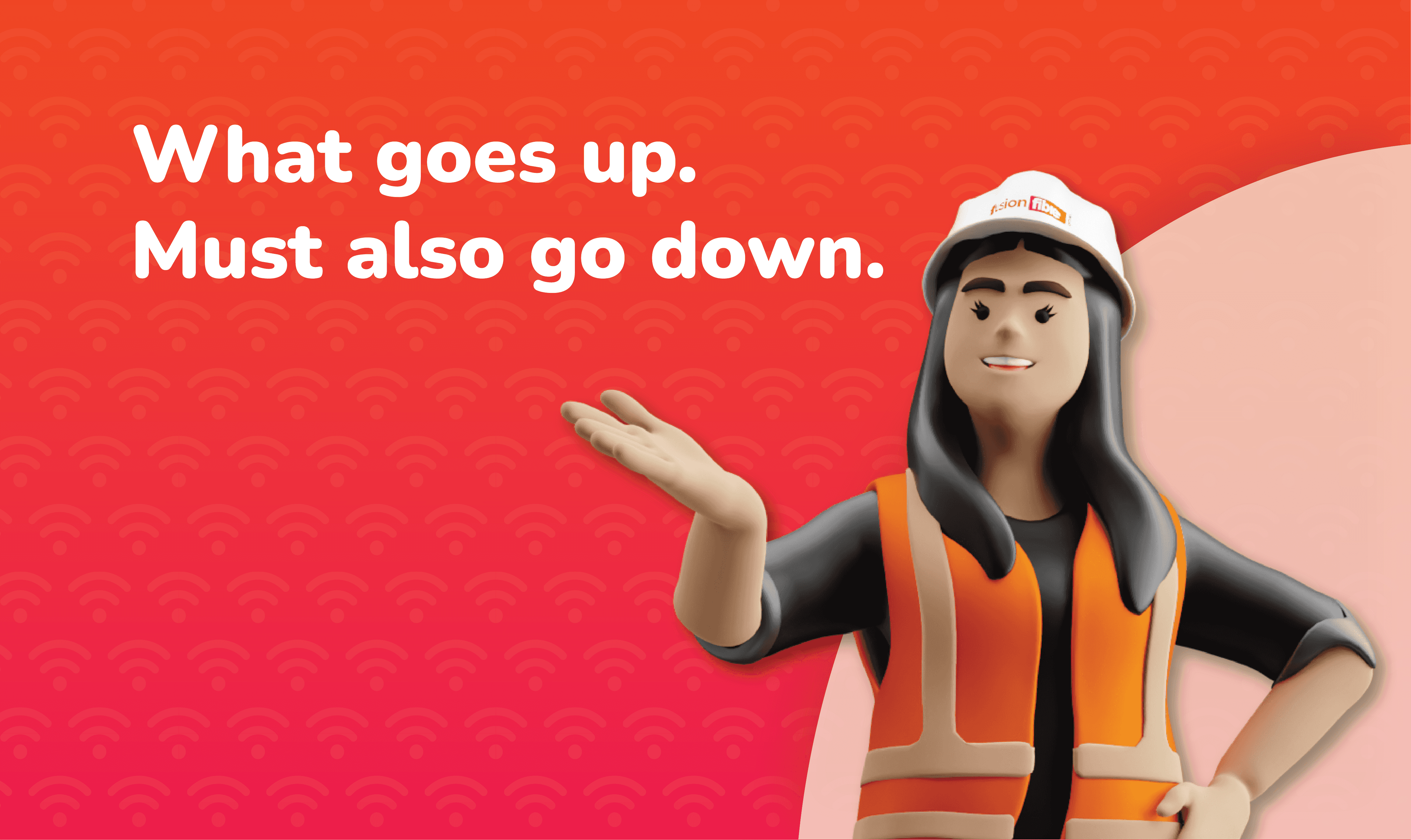Reading time: 7 minutes
Broadband has become an essential part of daily life, from streaming and gaming to working from home and running smart devices. In the UK, three main types of broadband connections are available: ADSL, FTTC, and FTTP. Each works differently, offers different speeds, and has varying levels of reliability.
This guide explains the differences between these technologies, highlights which is best for modern households, and shows you how to upgrade to a faster, more reliable service.
What is ADSL Broadband?
ADSL (Asymmetric Digital Subscriber Line) is the oldest form of broadband still in use across the UK. It runs entirely on copper telephone lines, which were never designed to carry large amounts of data.
Key Features of ADSL
- Speeds: Typically 10–24 Mbps, depending on line quality
- Reliability: Slows significantly with distance from the exchange
- Availability: Almost universal in the UK, but being phased out
- Limitations: Struggles with modern internet demands like 4K streaming or multiple users online at once
ADSL is being retired as part of the PSTN switch-off by 2027, when the UK’s copper landline network will be permanently shut down. If you still rely on ADSL, upgrading is essential.
Learn more: PSTN Switch Off: Why You Need Full Fibre Broadband by 2027
What is FTTC Broadband?
FTTC (Fibre to the Cabinet), also known as part fibre, is the next step up. Fibre optic cables run from the exchange to a green street cabinet, then copper wires connect the cabinet to your home. This hybrid setup improves speeds but still suffers from copper limitations.
Key Features of FTTC
- Speeds: Up to 80 Mbps download and 20 Mbps upload
- Reliability: Better than ADSL but performance drops with distance from the cabinet
- Availability: Widely available across the UK
FTTC has been a bridge technology, helping the UK transition away from copper. However, as streaming, gaming, and video calls have become everyday activities, FTTC is beginning to show its age.
What is FTTP Broadband?
FTTP (Fibre to the Premises), also known as full fibre broadband, delivers fibre optic cables directly into your home. With no copper involved, FTTP provides the fastest and most reliable connection available.
Key Features of FTTP
- Speeds: From 150 Mbps up to 900 Mbps
- Reliability: Consistent and unaffected by distance
- Future-Proof: Designed to handle tomorrow’s bandwidth needs, including cloud gaming, 8K streaming, and smart homes
Full fibre coverage in the UK is expanding rapidly. As of Spring 2025, Ofcom reported that 74% of UK homes (about 22.5 million) can access full-fibre broadband (FTTP), whereas in 2020, only about 14% of UK homes (over 4.2 million) had full-fibre broadband access (Choose.co.uk).
Find out more about full fibre broadband in our guide: What is Full Fibre Broadband?
Check your postcode with our Full Fibre Broadband Availability Checker.
ADSL vs FTTC vs FTTP: Side-by-Side Comparison
If you are trying to compare ADSL vs fibre broadband in the UK, this table shows how speeds, reliability, and future-readiness stack up across each technology.
| Feature | ADSL Broadband | FTTC Broadband | FTTP Broadband |
|---|---|---|---|
| Technology | Copper lines only | Fibre to cabinet + copper to home | Full fibre direct to home |
| Speed | 10–24 Mbps | Up to 80 Mbps | 150 Mbps – 1 Gbps+ |
| Reliability | Low | Medium | High |
| Future Ready | No | Limited | Yes |
Why ADSL is Being Retired
ADSL is not fit for modern digital life. With the UK’s PSTN switch-off scheduled for 2027, ADSL will no longer exist. Customers will need to migrate to fibre-based broadband to stay connected.
Learn more about how full fibre is closing the gap for digital connectivity in rural areas across the UK: Broadband for Rural Areas.
How to Upgrade from ADSL or FTTC to FTTP
Many households ask, “Is FTTP available in my area?” The fastest way to check is by using our Full Fibre Broadband Availability Checker. You can then choose a package that suits your household needs, and our team will take care of the switch with One Touch Switch.
If FTTP isn’t live yet, you can sign up and be notified once full fibre arrives.
FAQ: ADSL vs FTTC vs FTTP
Is ADSL still available in the UK?
Yes, but it is being phased out and will be retired completely by 2027.
What is the main difference between ADSL, FTTC, and FTTP?
ADSL uses copper lines, FTTC combines fibre and copper, and FTTP is full fibre direct to your home.
Is FTTP worth it over FTTC?
Yes. FTTP is faster, more reliable, and future-proof.
Can I upgrade straight from ADSL to FTTP?
Yes, if FTTP is available in your area. Otherwise, you may need to move to FTTC first.
Will ADSL and FTTC disappear completely?
ADSL will be retired by 2027. FTTC will continue for a while but will eventually be replaced by full fibre broadband.


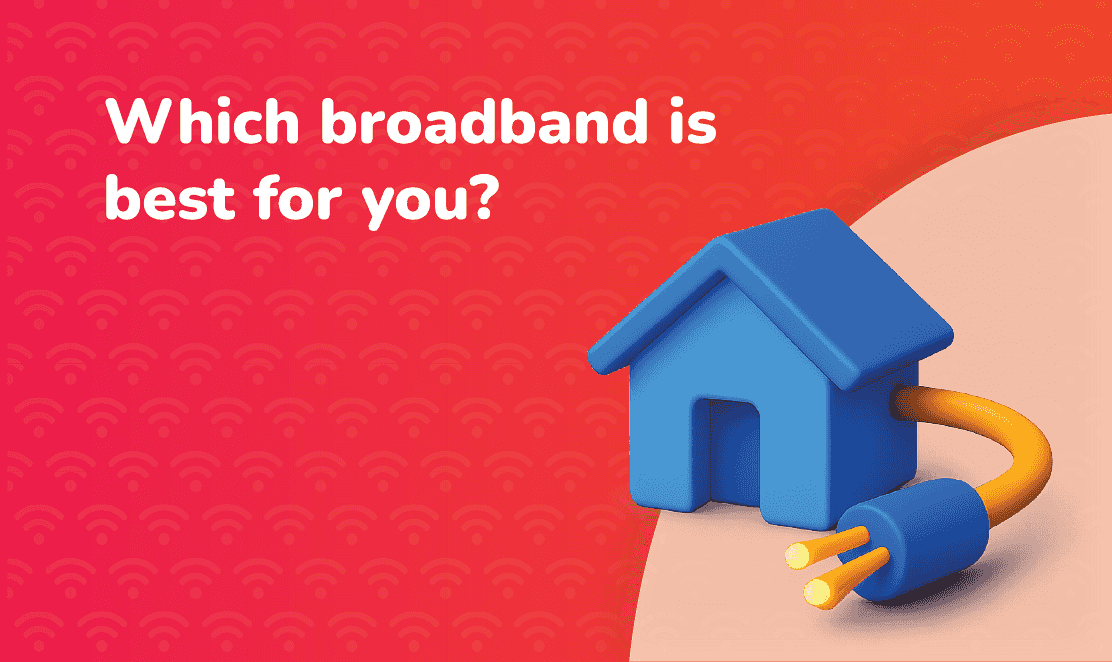 No image Big Thumb
No image Big Thumb 